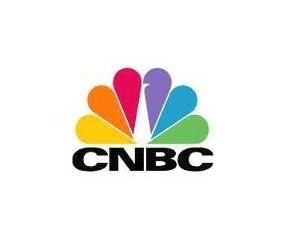Economic Breaker Panel: June Update
What’s in Today’s Report:
- Economic Breaker Panel – June Update
- Economic Data Takeaways – Further Signs of Slowing Growth
Stock futures are bouncing modestly with European shares and bond markets are stable this morning as inflation data met expectations in the Eurozone and the BOJ decision was viewed as dovish versus expectations.
The BOJ maintained a very easy monetary policy, sending the yen back towards recent lows while Eurozone HICP (their CPI equivalent) came in at 8.1% vs. (E) 8.1% y/y which is helping markets stabilize this morning.
Looking into today’s session, there is one economic report to watch: Industrial Production (E: 0.4%) and the market will be looking for a strong print to ease concerns surrounding this week’s soft survey-based factory data and bolster the outlook for economic growth in the face of an aggressive Fed.
Fed Chair Powell is also set to deliver a speech at 8:45 a.m. ET and any comments on the economy or future policy plans could move markets today.
Finally, today is quadruple witching options expiration so expect very heavy volumes and the potential for momentum to build in either direction as derivatives traders square their books into the end of the quarter. In the S&P 500 3,650, 3700, and 3750 will all be key levels to watch into the afternoon today.


